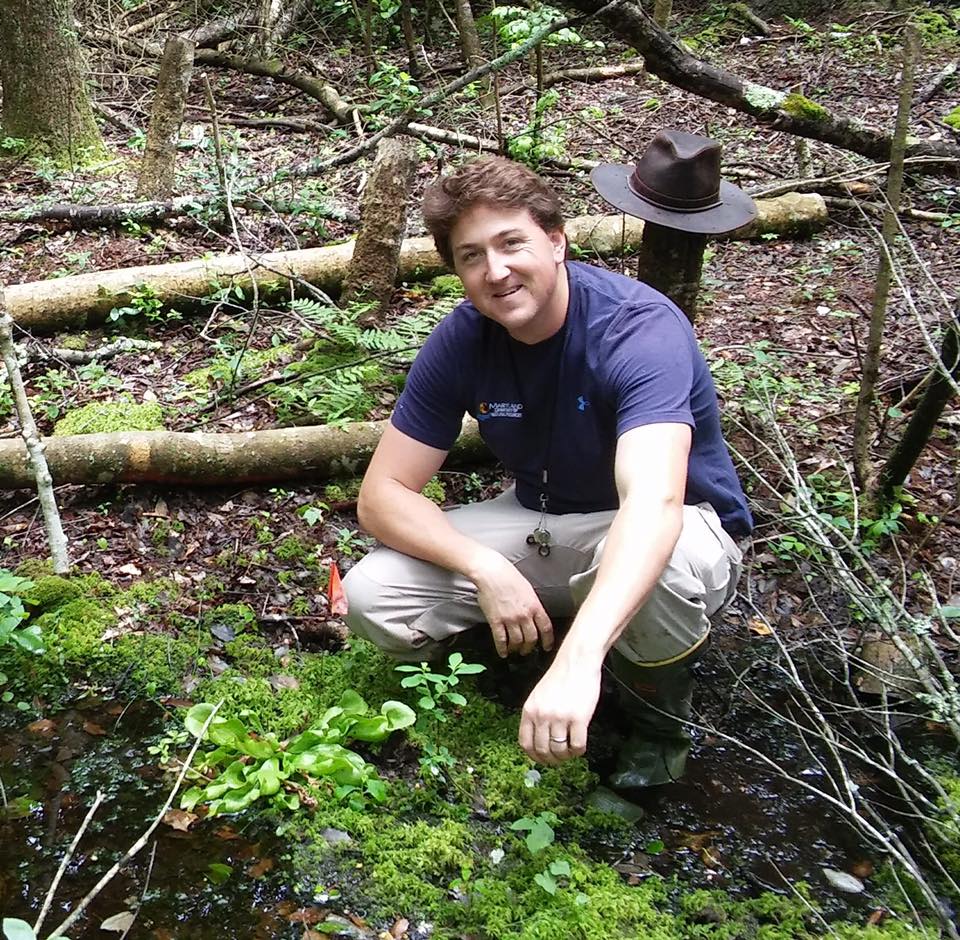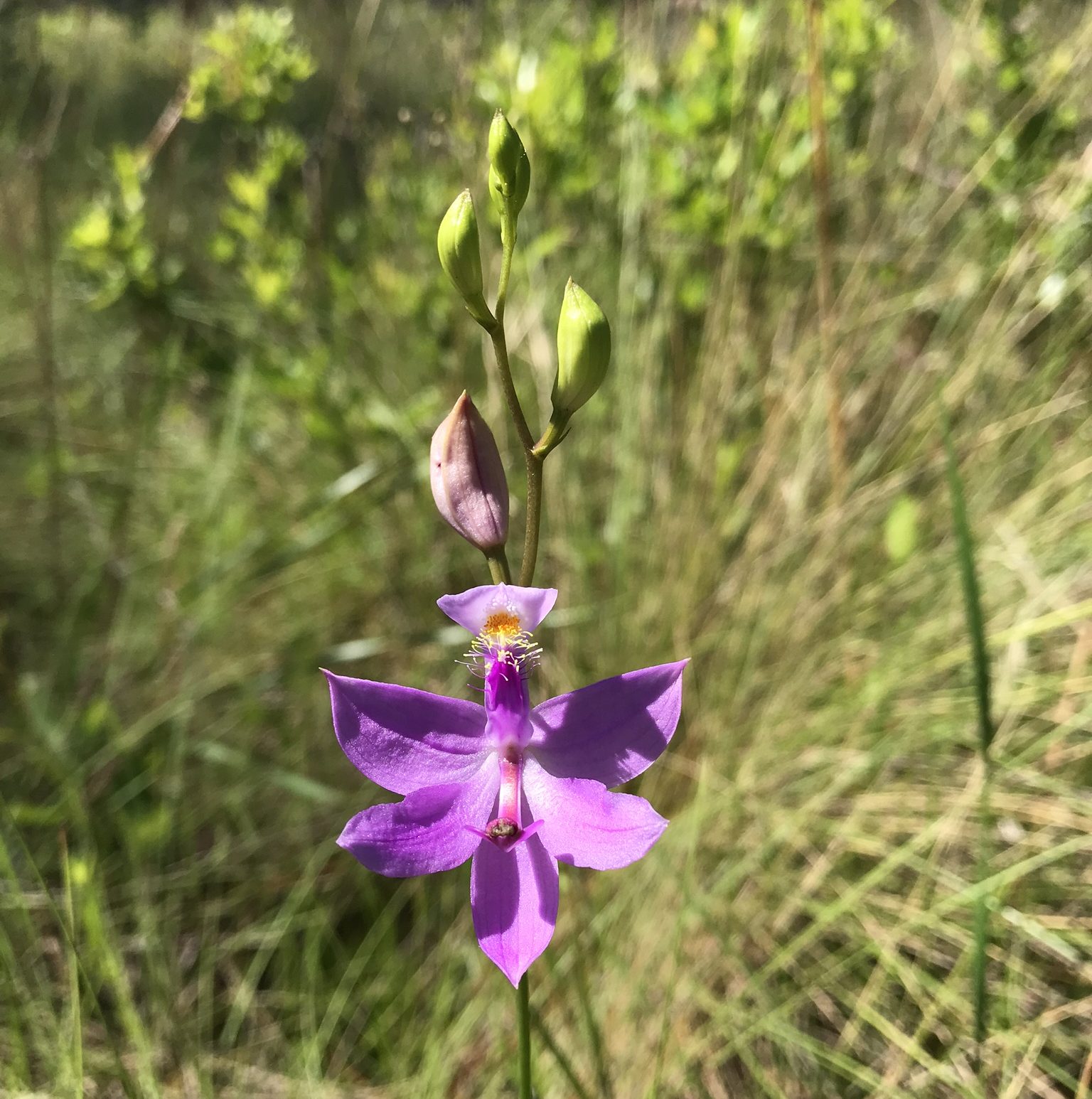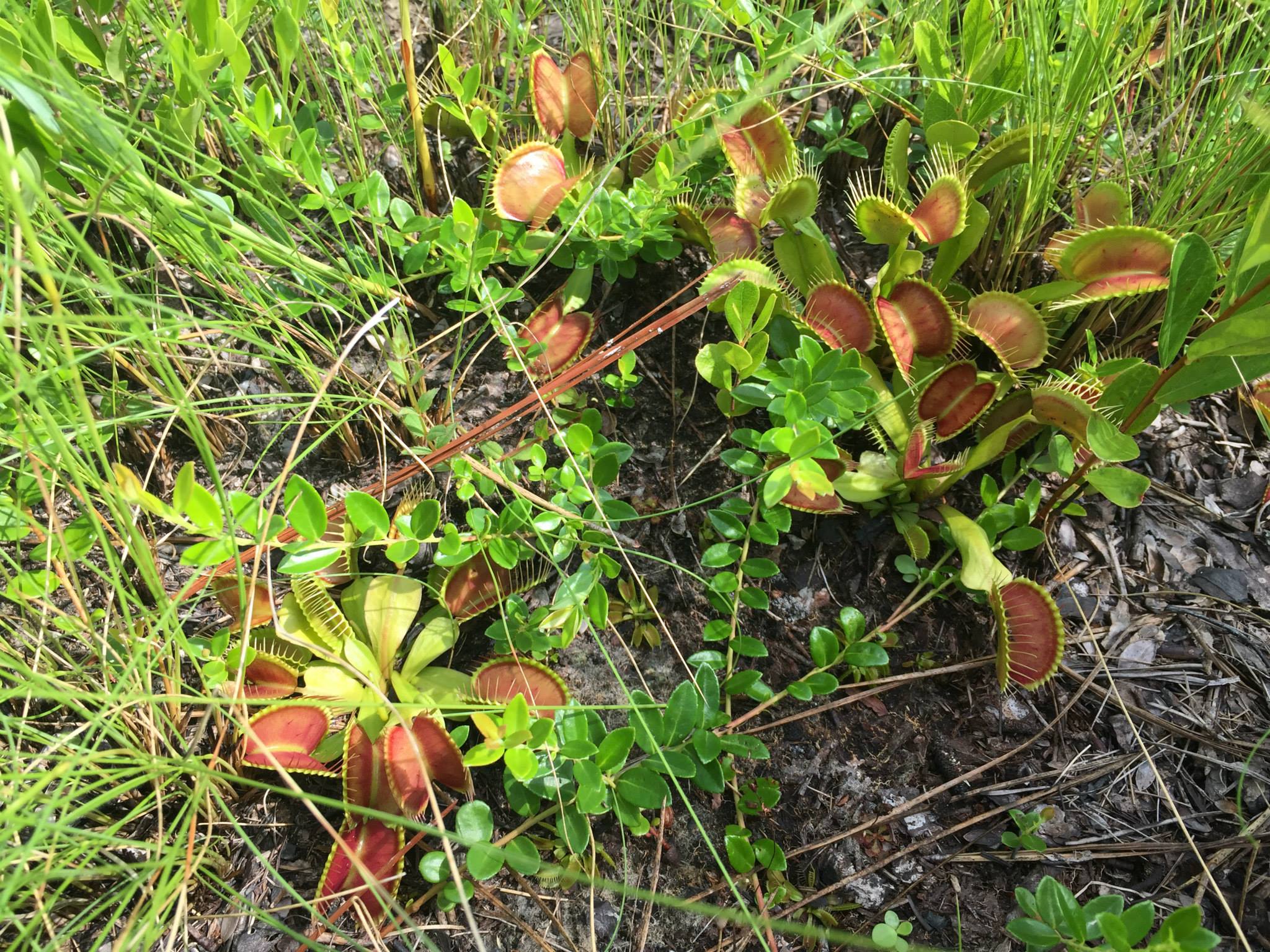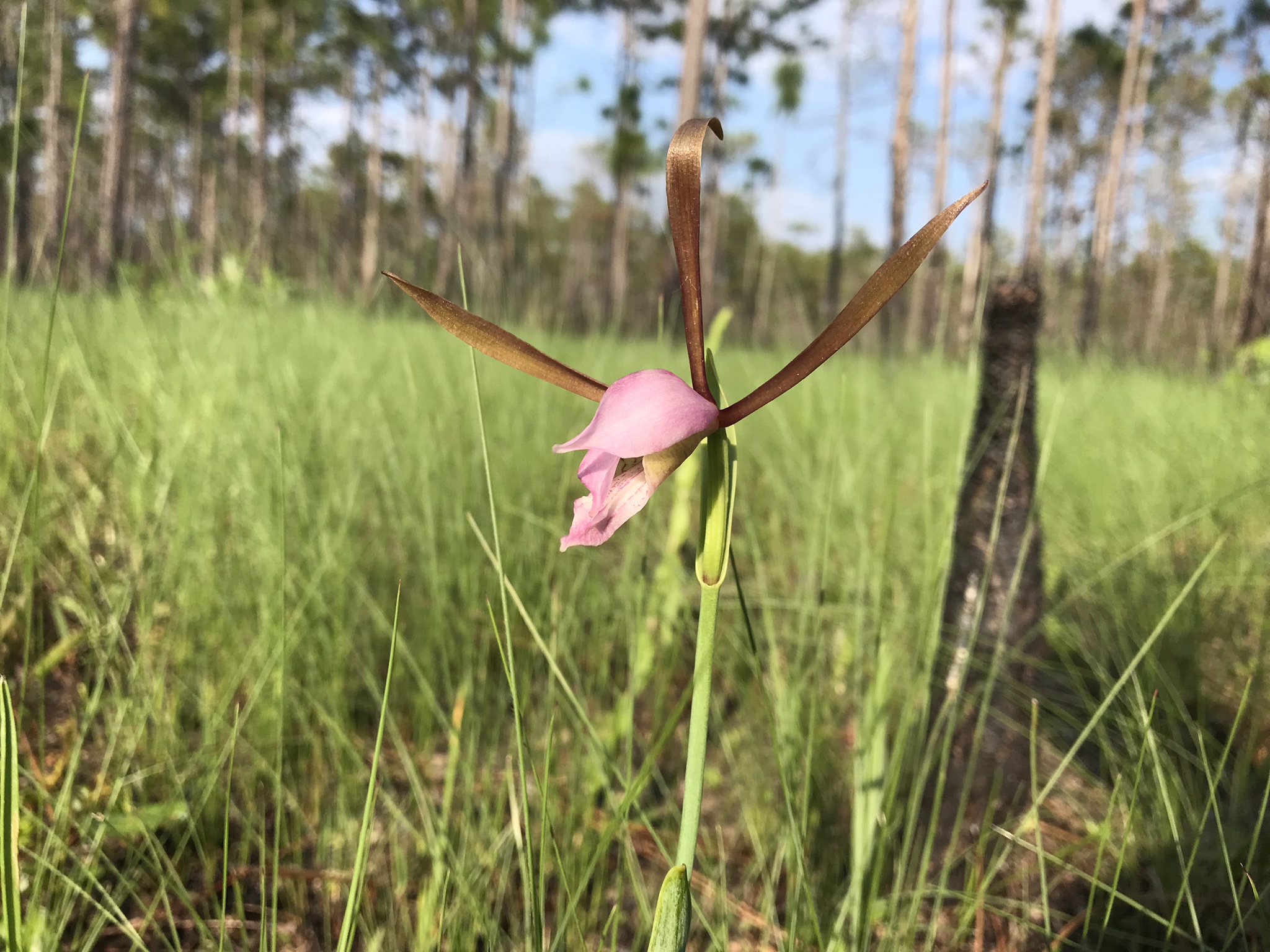Wes Knapp, M.S.
Wes Knapp is leading an important effort to assess plant extinction in North America north of Mexico. Taking up this cause of understanding extinction has opened his eyes to the extent of our knowledge, and sometimes our lack of knowledge, about rare plants. Working with Natural Heritage Programs and in his spare time, he is helping coordinate field surveys and data sharing efforts to understand extinction so that we can better understand how to prevent it. His infectious enthusiasm for plants is key to leading this effort.
When did you first fall in love with plants?
I was a late bloomer (pun intended), as I didn’t discover my love of plants until I was a sophomore at Catawba College in 1999. It was during Dr. Mike Baranski’s Field Botany class, where my eyes were opened to the abundance of life that surrounded me. I was taken back that you could use a simple text (this was an intro level class, so we used Newcomb’s Wildflower Guide) and rather quickly get to a species. I was hooked. I’m not sure if it was that class or Plant Taxonomy, the next year, where we took a field trip to the Green Swamp, which is now one of my favorite places on earth. This Nature Conservancy preserve is a gorgeous Longleaf Pine Savanna home to Venus flytraps, orchids, and numerous other carnivorous plants. I was overwhelmed by the diversity – it was a truly special moment.
What was your path to becoming a botanist with the Natural Heritage Programs?
My career has been a series of fortunate events. I conducted a flora of Dunn Mountain, Rowan County, NC, for my undergraduate project. It exposed me to a good number of plants, but I was truly unprepared for a position with a Heritage Program. Natural Heritage Programs usually maintain a state’s rare plant list, and that means you need to really know it all. Right out of undergrad I got a position with the Maryland Natural Heritage Program (MDNHP) to conduct a two-county inventory of “Ecologically Significant Areas.” It was a short 6-month position (or so), with no guarantee for future work. I took that job with no expectation of future employment, but used the position as on-the-job training and decided to learn as much as I possibly could. Chris Frye, MDNHP State Botanist, was my supervisor, while local experts Ron Wilson and Joan Maloof were working with me on the Significant Natural Area surveys. They truly mentored me. I will forever be indebted to them for taking the time to help me understand keys and plant structure. They really helped kindle my love for the underappreciated grasses, sedges, and rushes.
It was the next year, 2002, when I met Rob Naczi (previously Delaware State University and now New York Botanical Gardens) and began my graduate work on Juncus. I didn’t know it at the time but deciding to work with Rob to get my master’s degree was a transformative moment in my life. Natural Heritage Botanists are a combination of field and academic experts. Working with Rob helped me gain the necessary academic tools (statistics, scientific writing, etc.) that are critical for success. I stayed with MDNHP for 15 years until I accepted a position with the North Carolina Natural Heritage Program as Mountains Ecologist/Botanist.
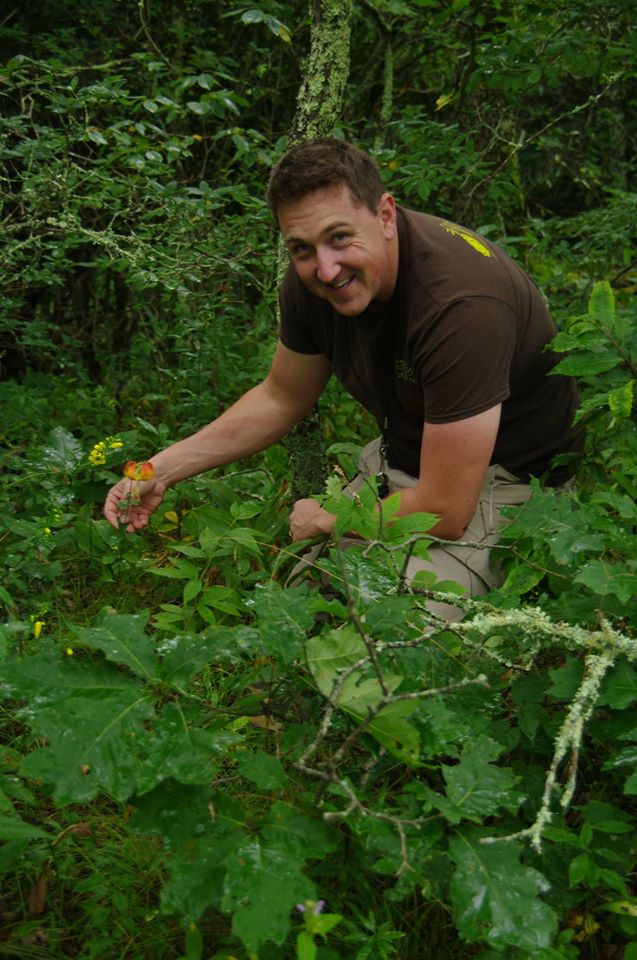
Please explain the importance of surveys to botanical conservation.
Field surveys are absolutely mission critical for botanical conservation. They provide us with the basic knowledge and data conservationists need, including: what species exist, which are rare, where these rare species are found, how many of a species are found at each location, how well they are doing, and what threats are present at that given location. Nothing in our world is static. Our information is only aging, and – as we all know – the world is changing rapidly. What was once a secure population of a rare species may not be anymore. Surveys help reveal threats and trends, and this informs how we should best spend our very limited conservation dollars. The data we collect in the field as part of Natural Heritage Program network, which is eventually deposited with NatureServe, helps provide the basis for all species conservation decisions across the country.
What about working with plants has surprised you?
Frankly, I’m surprised at how little we know. There is still so much we do not know about the natural world that surrounds us, and so many places have yet to be surveyed for botanical diversity. Undescribed species are more common than you think. I’ve been a party to describing four species so far during my career, and that number will increase significantly given I’ve moved to North Carolina, a biodiversity hotspot. Currently, I’m working on as many as a dozen new species. The challenge is that describing an undescribed species is a laborious and time-consuming task that, at least for me, is something I do on my own time – “off-the-clock.” You have to gather, compile, and analyze lots of data to defend the description of a new species, and that process takes years.
What has been the most challenging aspect of your work?
Work-life balance. Most of my research is after work hours, so finding funds and time to conduct this research is challenging. It is compounded further because I am a husband and father of two girls (10 and 12 years old), and I try to be the best father I can – which means putting research off until the girls are in bed. A trade I’m happy to make.
What current projects or approaches in plant conservation excite you most?
My most exciting project is the Extinct Plants of North America north of Mexico. I’ve been leading this effort as a passion project for the past 7 years. It is rather intimidating leading a group of 15 amazingly knowledgeable botanists from across the United States. You’d think we’d know how many species have gone extinct and where they occurred, but we don’t. Each extinct plant tells a story and can teach us a lesson to help prevent future extinction events. There are so many facets of this work and so much future work to still conduct. Future work includes an attempt to identify single-site endemic plant species, as they are the species to most likely go extinct, and an attempt to resurrect extinct plant species using seeds on herbarium specimens.
